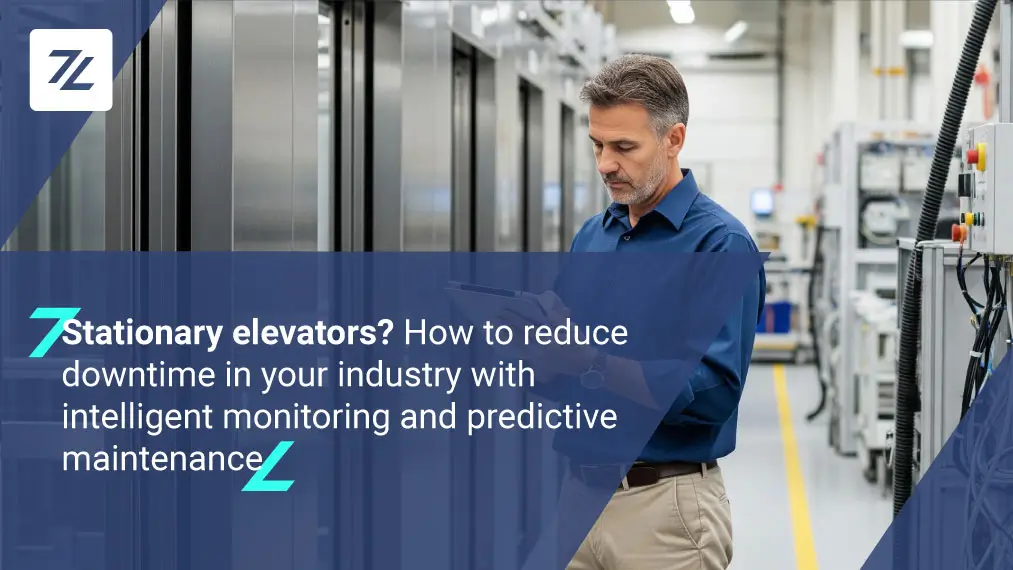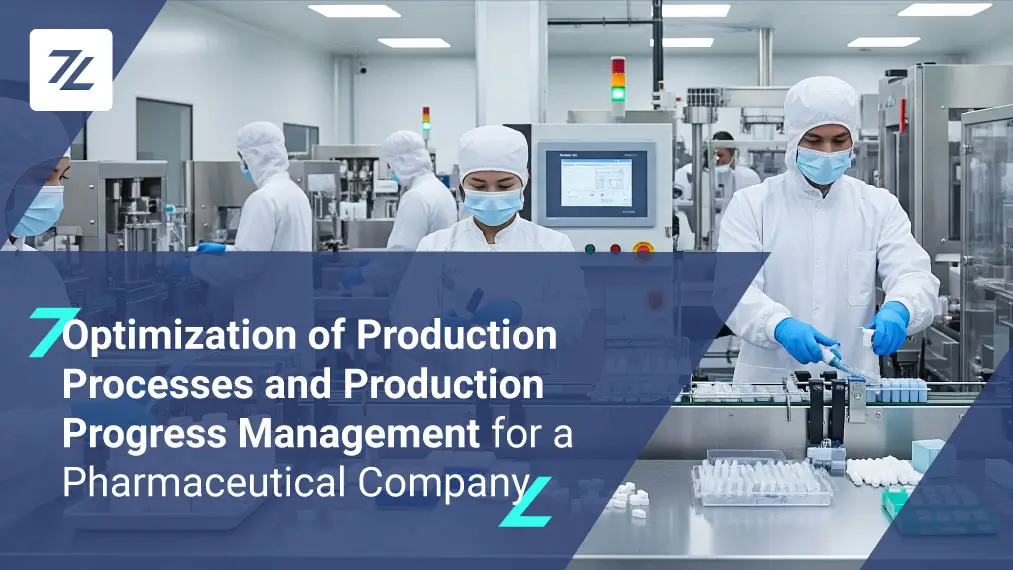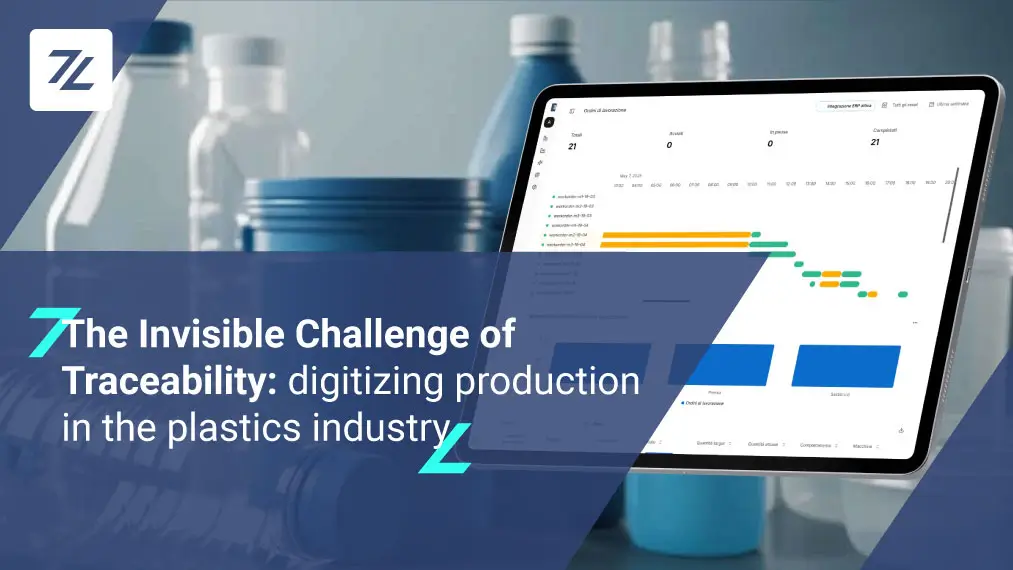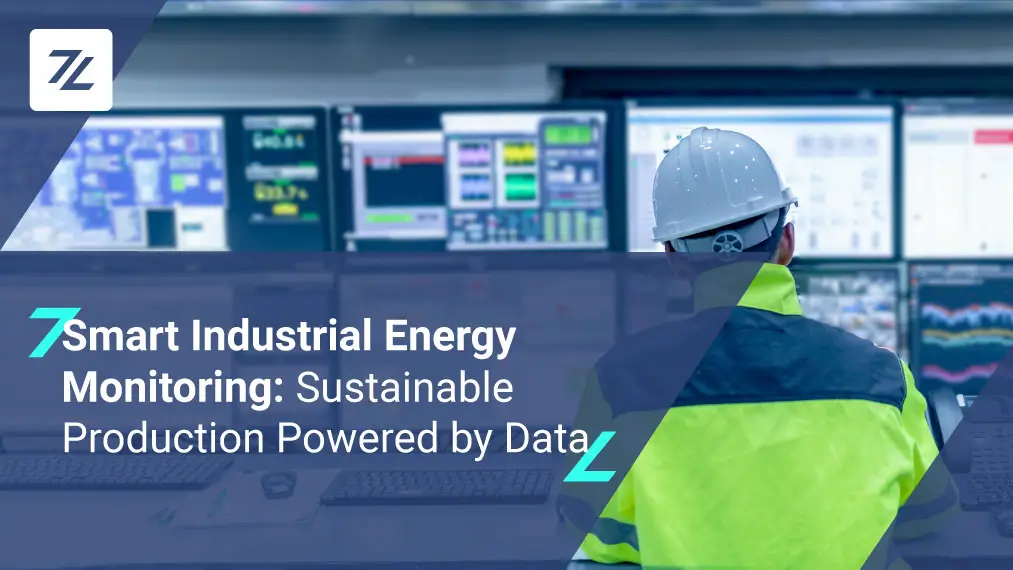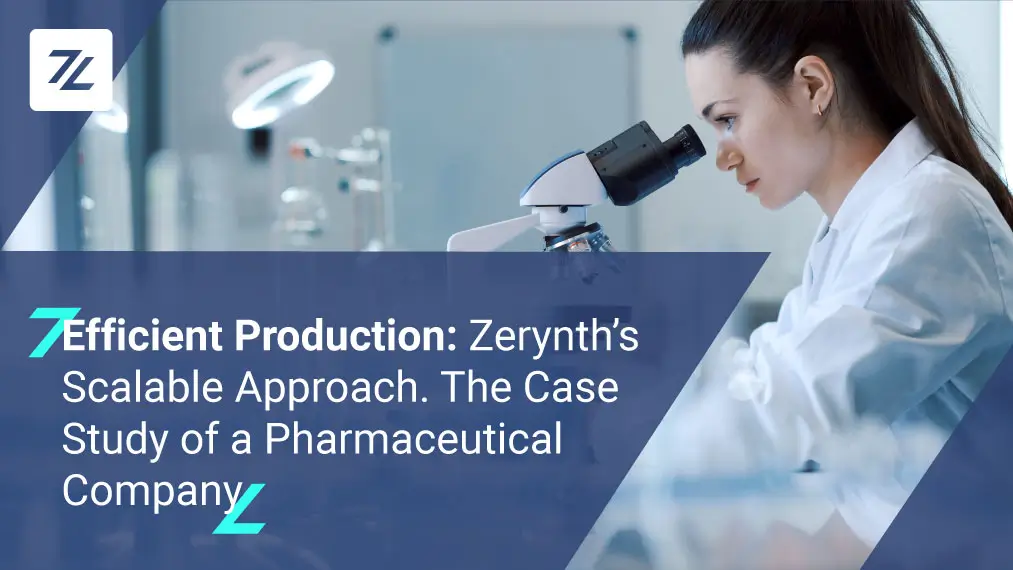To transform into Industry 4.0, the implementation of an MES or ERP would be sufficient. However, more than just implementing these systems is needed to achieve total efficiency in production processes. This is where IoT comes in.
Why choose to implement an IoT technology as an addition to an ERP or MES? What are the benefits and challenges? IoT technology is highly versatile and adaptable to different companies in different sectors.
By integrating an IoT solution, it is possible to:
- Automate data collection from the production line that would otherwise be done manually by operators with increased effort and risk of error
- Integrate information on energy consumption in both of the machines but also those associated with individual work steps
This article will take a detailed look at the challenges of integrating IoT technologies with companies’ management systems. Taking into consideration all the benefits they bring, analyzing the Zerynth solutions in particular.
ERP and MES systems: main characteristics and differences
ERP (Enterprise Resource Planning) management systems are used by companies to manage and map the progress of day-to-day business activities. In contrast, MES (Manufacturing Execution System) systems provide industries with the information to realize the product through real-time production monitoring.
Management systems play an essential role in the processes of manufacturing companies. Still, more than their use alone is needed to ensure process efficiency. IoT technology (Fig. 1) emerges as a solution to the lack of integration of industrial processes, enabling the complete integration of information across all systems.
Fig.1 Comparison between standard and IoT structure
As we see in the figure, in standard enterprise architecture, there can be different infrastructures, such as ERP, MES, and SCADA, to which other devices are connected. However, with Industry 4.0, the division changes completely as these processes are interconnected with the Industrial IoT.
Thanks to the digitization of industrial assets and processes, it becomes possible to collect data fundamental to understanding, in real-time, the performance of manufacturing processes such as order tracking, machine performance and health, and energy consumption.
The complex integration of IoT solutions with ERP and MES systems
An IoT solution that is appropriately integrated with specific functions of ERP and MES systems significantly lowers the cost of implementing production process monitoring and achieves excellent connectivity and data synchronization. But even this path can have its difficulties.
The implementation constraints, however, represent significant challenges to overcome so that there can be a complete integration of the three products, especially for small and medium-sized companies due to the costs.
The main challenges to be faced include the following:
- Security threats: a system connected to the Internet, security breaches are possible. However, two-factor authentication and IT security software can help reduce these threats.
- Connectivity problems: it is essential to have a stable internet connection to use the IoT.
- Obsolete equipment: if you are working with old equipment, implementing IoT can be more challenging, but it can be all the more reason to do so as IoT helps maintain equipment efficiently.
- Cost: prices of IoT applications have decreased in recent years, and sensors are not very expensive, but if you are using older machinery, you may need to adapt the machinery to make the sensor work and, in some cases, you will need to hire someone to implement the technology.
The benefits of integrating management systems with IoT technology
We have talked about the challenges of integrating management systems with IoT technology. However, this creates countless benefits for companies in terms of access to critical information that can increase efficiency, productivity, and quality.
The main benefits relate to increased supply chain management, greater understanding and sustainability, and improved performance, forecasting, quality, and maintenance, as shown in the summary diagram in Fig. 2.
Fig. 2 The advantages of integrating IoT technology with management systems
Zerynth offers a complete solution to become an effective, everyday tool to support business operators migrating to Industry 4.0.
Zerynth AI and IoT Platform
The Zerynth platform makes it possible to integrate the management systems most commonly used in industries, thanks to the functionalities of IoT technology.
This is possible for a company already equipped with a management system and without a management system.
In the case of a company with ERP, Zerynth aims to integrate the functionalities of the existing system with its Industrial IoT & AI solution to:
- Add premium functionality to the ERP platform.
- Monitor production energy consumption.
- Automate normally manual functions
- Enable accurate time monitoring of production order tracking, generally simplifying business management by operators.
In the case of a company not equipped with an ERP, on the other hand, Zerynth offers its IoT & AI solution already integrated with a specific management system by adding these functionalities to the machines:
- Production order tracking
- Advanced consumption analysis
- Advanced productivity analysis
Zerynth offers, either with a system integrated with ERP or with a non-integrated system, the possibility of visualizing the status of any machine using a simple interface.
In the example in Fig.3, we can see the interface Zerynth offers to line operators optionally. In this way, operators can receive suggestions on the progress of current activities and collect information on the management of the different work phases the machine stops. The quality of the products processed, thus minimizing the risk of error and the effort of data collection.
Fig. 3 Zerynth AI and IoT Platform interface for production machines
The interface can be viewed on different devices, and the machinery can be controlled remotely. In addition, Zerynth offers other Apps depending on the type of machinery in question.
So, why choose Zerynth?
The benefits of Zerynth AI & IoT solutions are tangible and customizable, as demonstrated by our real case studies. Furthermore, Zerynth offers an easy-to-implement solution allowing for 360° automation and digitization of the company.
Integrating IoT technology with management systems makes it possible to calculate KPIs for each machining center and product and update machining statuses and workloads while minimizing human intervention, thanks to a digitized and automated solution. The result is greater efficiency, as work orders can be prioritized within machining queues to make the flows flow faster.
Zerynth’s solutions overcome the challenges above of security threats, connectivity issues, obsolete equipment, and costs.
Zerynth’s IoT solutions make it possible to maintain data integrity and identity, interconnect any machinery (legacy and modern) and digitize even the most obsolete equipment. Moreover, it offers an affordable solution for businesses and plug-and-play, with no hidden costs.
If you would like to learn more, you can read our white paper that provides an overview of the enabling technologies of Industry 4.0 that optimize production, reduce energy consumption and interconnect machinery.
Share This Story, Choose Your Platform!
Follow Zerynth on
Latest Posts



